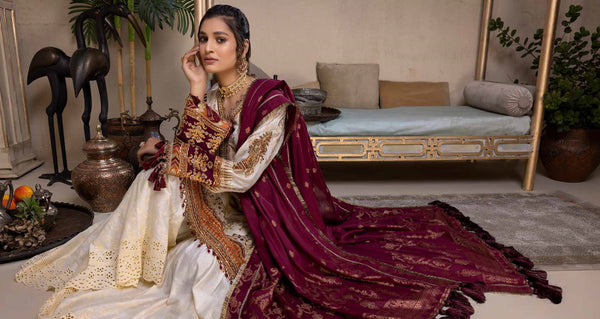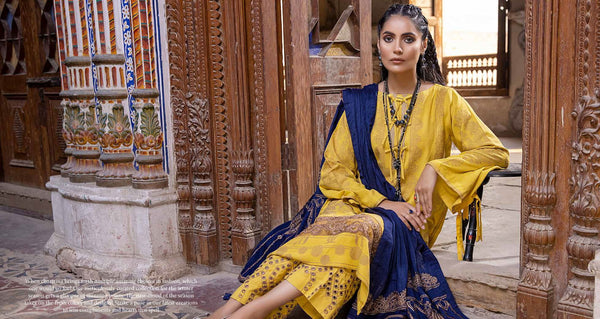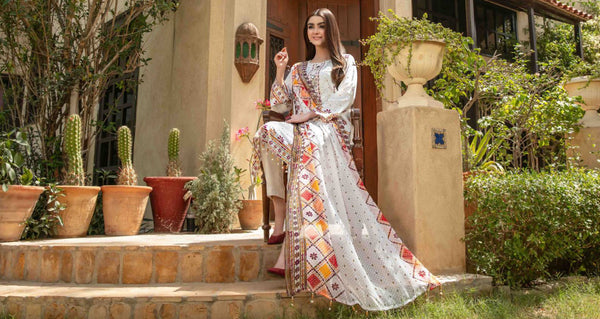March 17, 2022
The Saree’s Incredible Evolution Through The Centuries
For most people, the saree is usually the first thing that comes to mind at the mention of an Indian dress. It makes sense considering just how magical this simple dress can be.
The evolution of the saree is amazing.
The dress has come a long way since it was first worn during the Indus Civilization era, surviving till today.
It has undergone several periods of changes through history that have influenced the style and design of this Indian dress. If you care to know, we’ll briefly take a journey through history to shine the light on the evolution of saree through centuries.
The Making Of The Saree
What is the origin of the saree?
The saree might have been around for about 4,000 years or more.
Historians were able to trace the origins of the saree back to the Indus Civilization era. While that era in itself is about 5,000 years old, some believe the saree might even be older. The name sari is believed to have evolved from an ancient garment referred to as the sattika. The word sattika was recorded in the earliest Hindu scriptures to mean either “women’s attire” or “a strip of cloth.”
According to historical records, the saree comprises the antariya which is the lower garment, the uttariya which is draped over the shoulder or head, and the stanapatta which is the chest band often used to cover the breast.

Pink Saree for Women
Evolution Of The Saree - Mughal Era
The different cultures and influences that have manifested through Indian history surely impacted the style and design of the Indian saree. The first in this evolution of the saree will be the Mughal empire era that lasted from the 16th century to the 18th century.
The Muslim culture frowned upon leaving skin areas uncovered so one of the first impacts of the Mughal era on the saree was the shift away from bare-chested sarees to more conservative sarees that cover the chest and shoulders.
This period was also when stitched garments found their way into India. The Mughals, who adopted the saree as the standard dress for women also introduced diverse embellishments and embroideries which artists and weavers creatively used to add richness and luxe to the evolving sarees of that era.

Trending Saree Design for Girls
Evolution Of The Saree - British Era
While the Mughal Era had one of the greatest influences on ethnic Indian fashion, the British Raj perhaps recorded the most significant change in the evolution of the saree.
The saree evolved to accommodate Victorian/English aesthetics during the British Raj.
This was when blouses and petticoats became the norm for women to wear under their saree. During the British Raj, the saree evolved its style of leaving the midriff bare. The development of stitching, dyeing, and printing further gave the saree a new look, compared to its completely simple and humble beginnings.

Saree in Red Color
Modern Saree Styles And Designs
The modern saree has come a long way and survived millenniums. New-gen fashion designers continue to come up with new styles, variations and takes on the saree.
Today, you can see people styling their sarees with sneakers, blazers, or even a bralette. The saree is accommodating and forgiving. It is versatile and magical and it continues to win the hearts of Indian women today, just as much as it did thousands of years ago.

Designer Saree in Silk
← Back to Blogs
Also in Indian Fashion
© 2016 - 2025 | FABRICOZ USA LLC | UBI: 605 576 733
Email: info@fabricoz.com | Ph: +1 206-457-3210
FABRICOZ HELP






